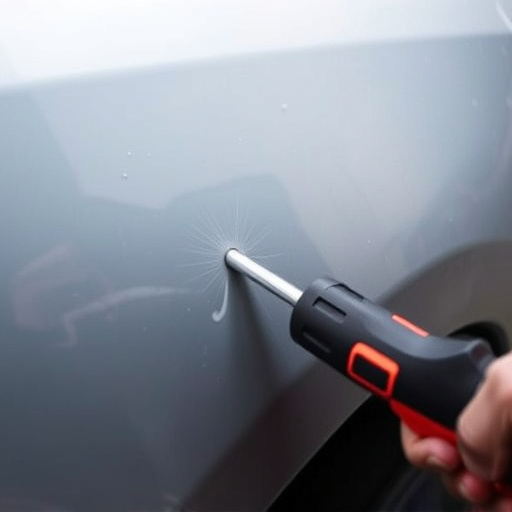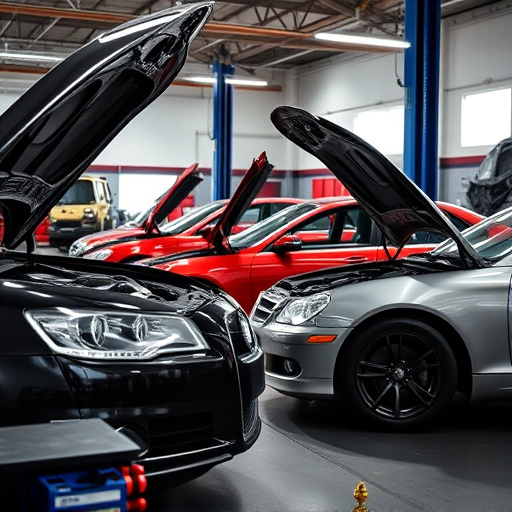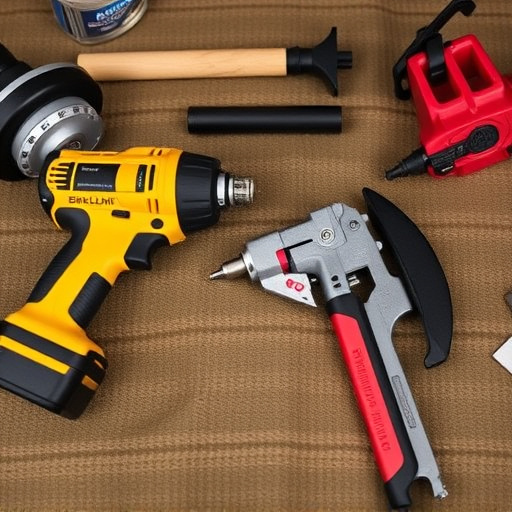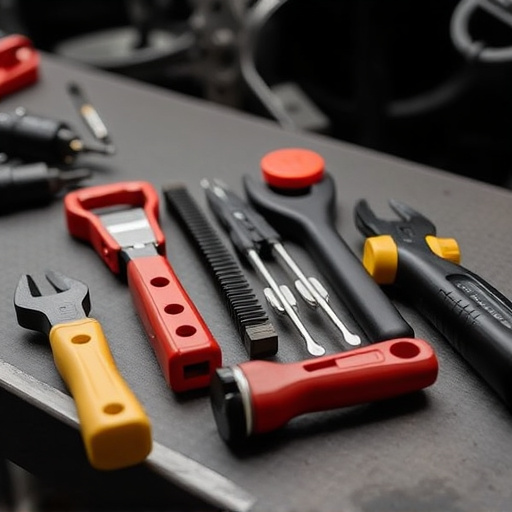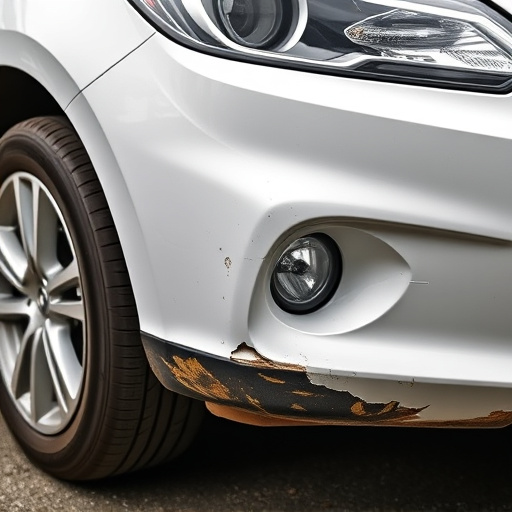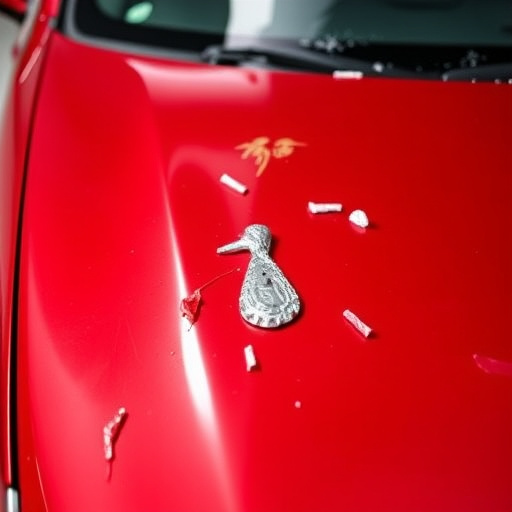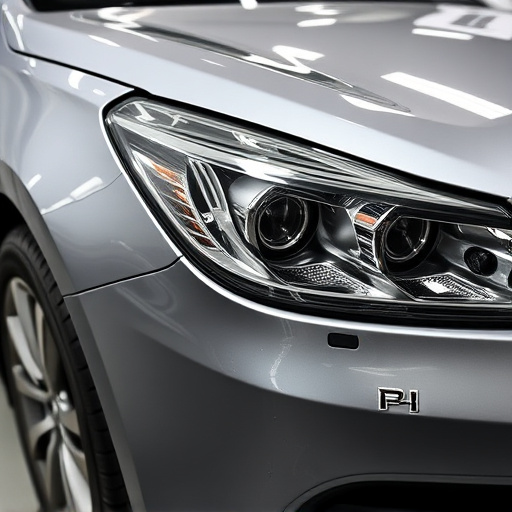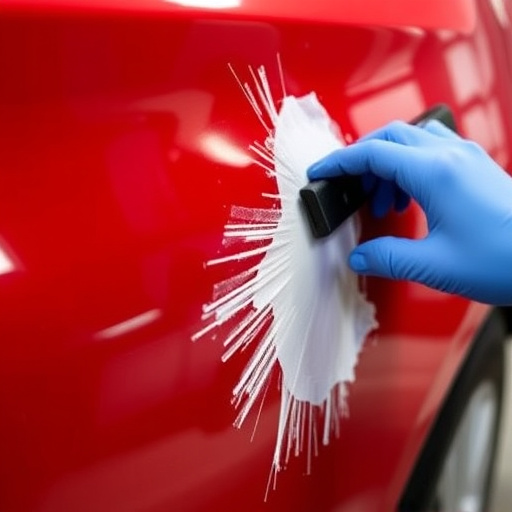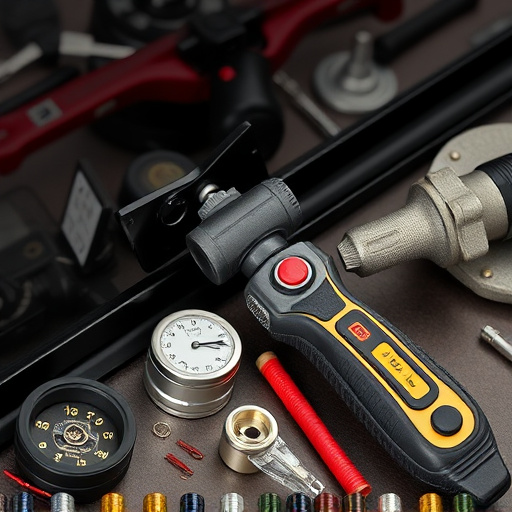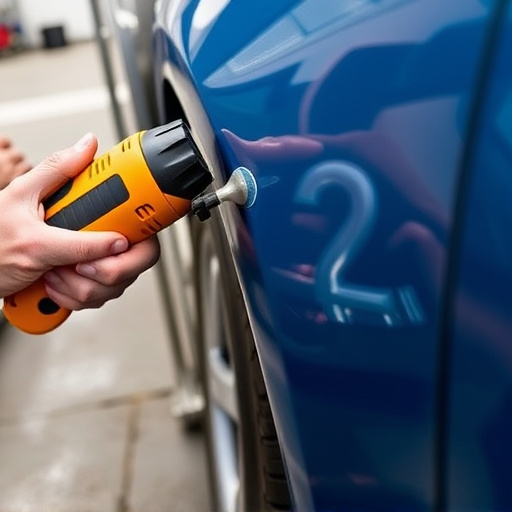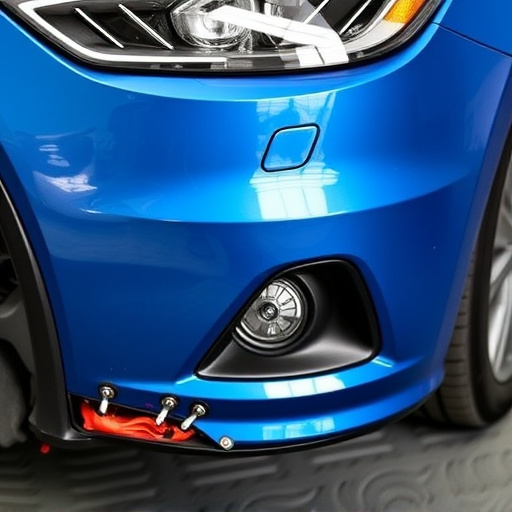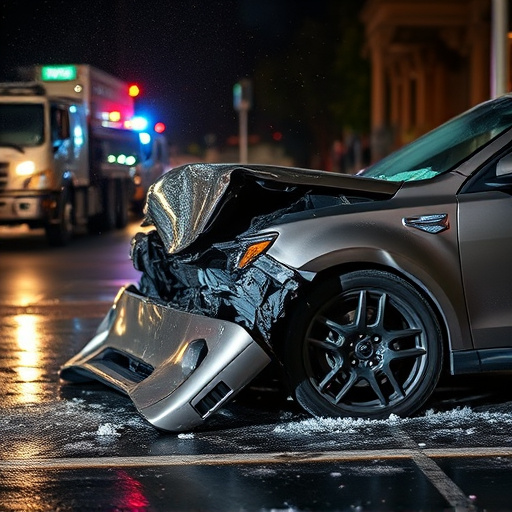Engine mounts, crucial for vehicle safety and performance, absorb vibration and prevent excessive movement. In collisions, these components are vulnerable to damage, with front-end crashes affecting engine bays, side impacts misaligning body panels, and rear-end collisions causing braking force damage. Luxury vehicle repair experts specialize in mitigating engine mount collision damage, ensuring structural integrity through precise techniques tailored for different impact scenarios. Proper evaluation and skilled restoration are vital to prevent future safety risks, engine movement, or misalignment after such damage.
In the event of a collision, the engine mount—a critical component in any vehicle’s suspension system—is at risk of significant damage. This article delves into the key engine mount components affected by collisions and explores common scenarios like front, side, and rear impacts. We examine how to evaluate and repair this damage, highlighting the importance of understanding both the basic functions and intricate parts of the engine mount in mitigating collision-induced stress.
- Understanding Engine Mount Basics: Functions and Parts
- Common Collision Scenarios: Front, Side, Rear Impacts
- Evaluating and Repairing Damage to Engine Mounts
Understanding Engine Mount Basics: Functions and Parts
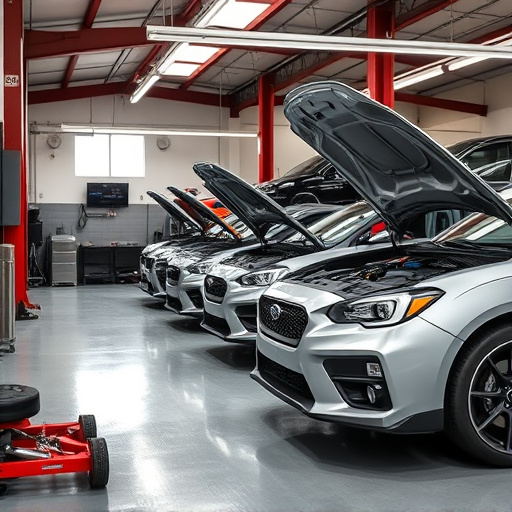
Engine mounts are critical components of any vehicle’s suspension system, playing a key role in supporting and securing the engine in place. They act as a bridge between the engine block and the chassis, allowing for some movement while keeping the engine firmly in its designated position. These mounts come in various types, such as rubber, metal, or a combination of both, each offering distinct advantages in terms of shock absorption and noise reduction. In the event of a collision, understanding which engine mount components are most susceptible to damage is crucial for effective auto repair.
The primary functions of an engine mount include absorbing vibrations from the engine, preventing excessive movement during operation, and ensuring optimal performance. Different types of engine mounts have specific parts like bushings, brackets, and bolts that can be affected by collision damage. While a minor car scratch repair might not significantly impact these components, more severe collisions can lead to structural damage, causing misalignment or even failure of the engine mount system. For luxury vehicle repairs, where precision and quality are paramount, properly diagnosing and repairing engine mount collision damage is essential to restore both safety and performance.
Common Collision Scenarios: Front, Side, Rear Impacts
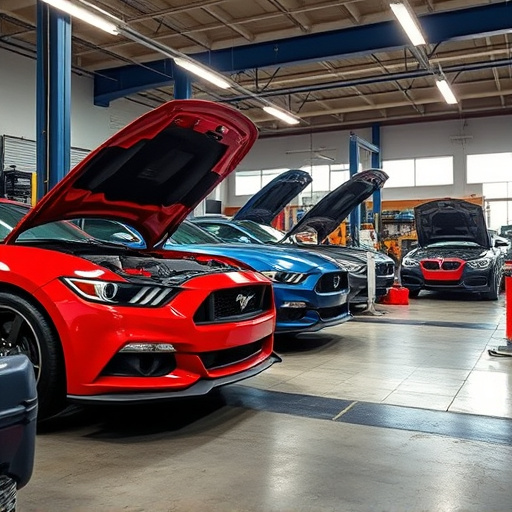
In the event of a collision, various components of a vehicle can sustain damage, with the engine mount being a critical area affected in many cases. Common collision scenarios include front, side, and rear impacts, each posing unique challenges to the vehicle’s structural integrity. Front-end collisions often result in significant force being transferred to the engine bay, potentially causing severe engine mount collision damage. The front of the vehicle, with its various components, acts as a crumple zone, taking the brunt of the impact and transferring that energy upwards towards the engine and its attachments.
Side impacts are another prevalent type of collision, leading to potential misalignments and damage to the car bodywork, especially around doors and windows. The force from such collisions can cause the engine mount to deform or even separate, as it absorbs the lateral impact. Rear-end crashes might seem less severe, but they can still lead to engine mount collision damage due to sudden braking and the subsequent rearward force exerted on the vehicle’s structure, including its suspension and engine mounting system. Luxury vehicle repair specialists are well-equipped to handle such complex scenarios, ensuring proper alignment and structural integrity through meticulous collision repair techniques.
Evaluating and Repairing Damage to Engine Mounts
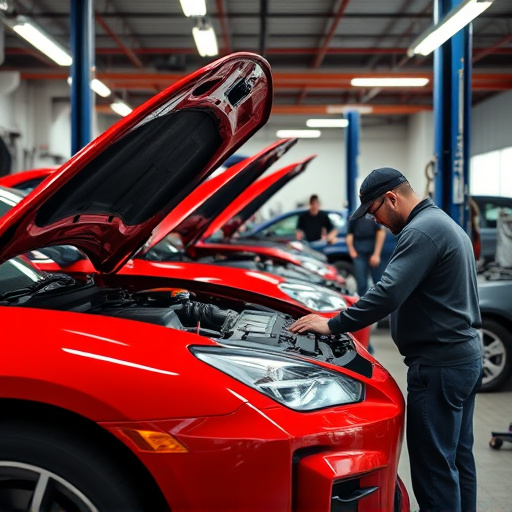
When a vehicle is involved in a collision, especially at high speeds, it’s not just the exterior that sustains damage—the engine mount components also take a significant hit. Engine mounts are critical structural elements that secure the engine to the chassis, and any compromise in their integrity can lead to serious safety risks.
Evaluating and repairing engine mount collision damage is crucial for both vehicle safety and performance. Mechanics use specialized tools and diagnostic techniques to assess the extent of the damage. In severe cases, replacement may be necessary. A reliable mercedes benz repair service, or any skilled auto body shop, will have the expertise and equipment to handle these repairs, ensuring that the engine mounts are restored to their original specifications. Proper restoration is key to maintaining the vehicle’s structural integrity and preventing future issues, such as engine movement or misalignment, which could compromise both car bodywork and overall performance.
In understanding the key engine mount components affected by collisions, it’s clear that proper evaluation and repair of damage are crucial for maintaining vehicle safety and performance. By recognizing the specific parts impacted in various collision scenarios—from front to side to rear impacts—owners can ensure swift action to mitigate potential risks. Regular maintenance and timely repairs for engine mount collision damage are essential to preserving the overall integrity of a vehicle’s powertrain, ultimately enhancing road safety and reliability.
